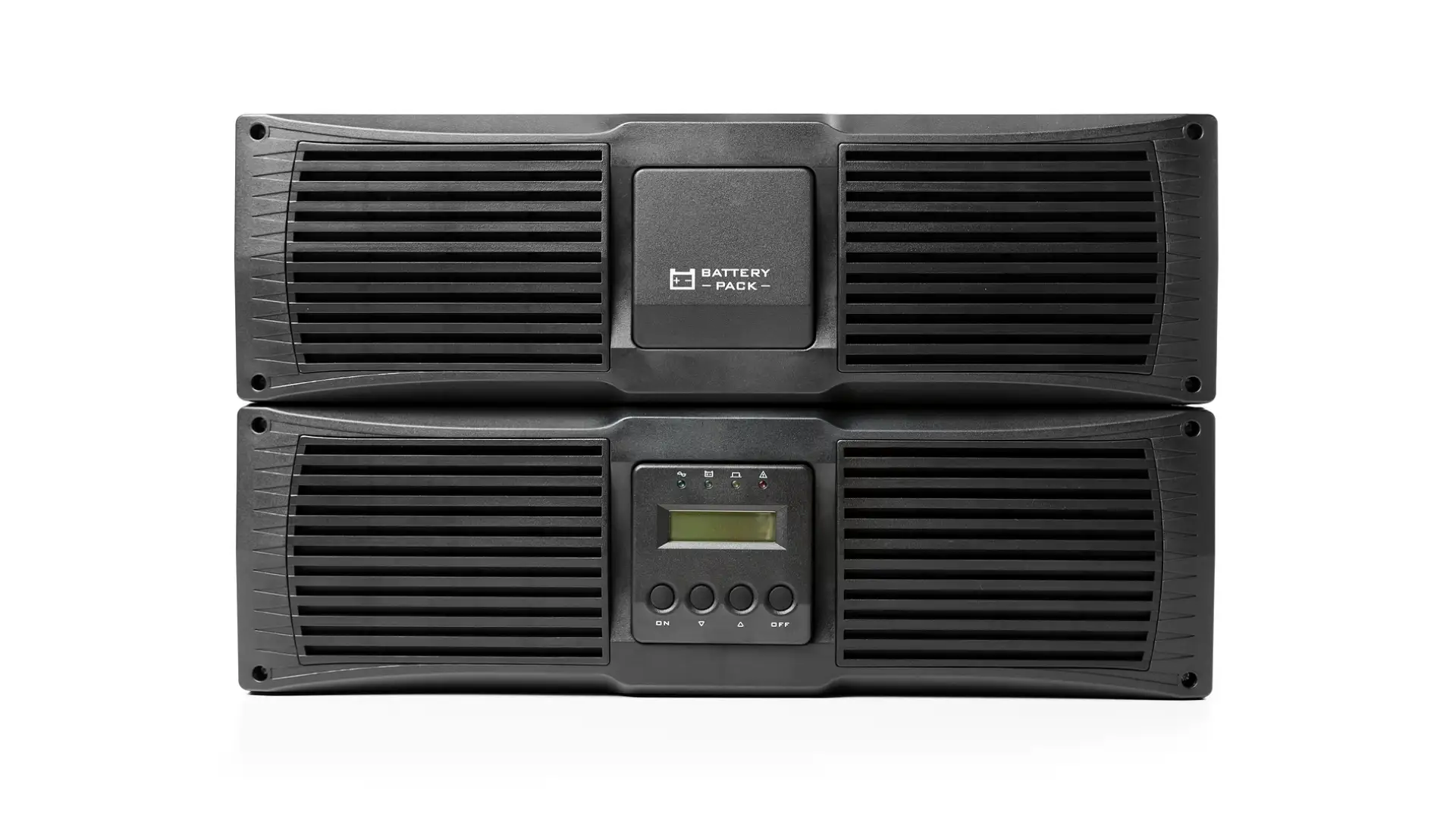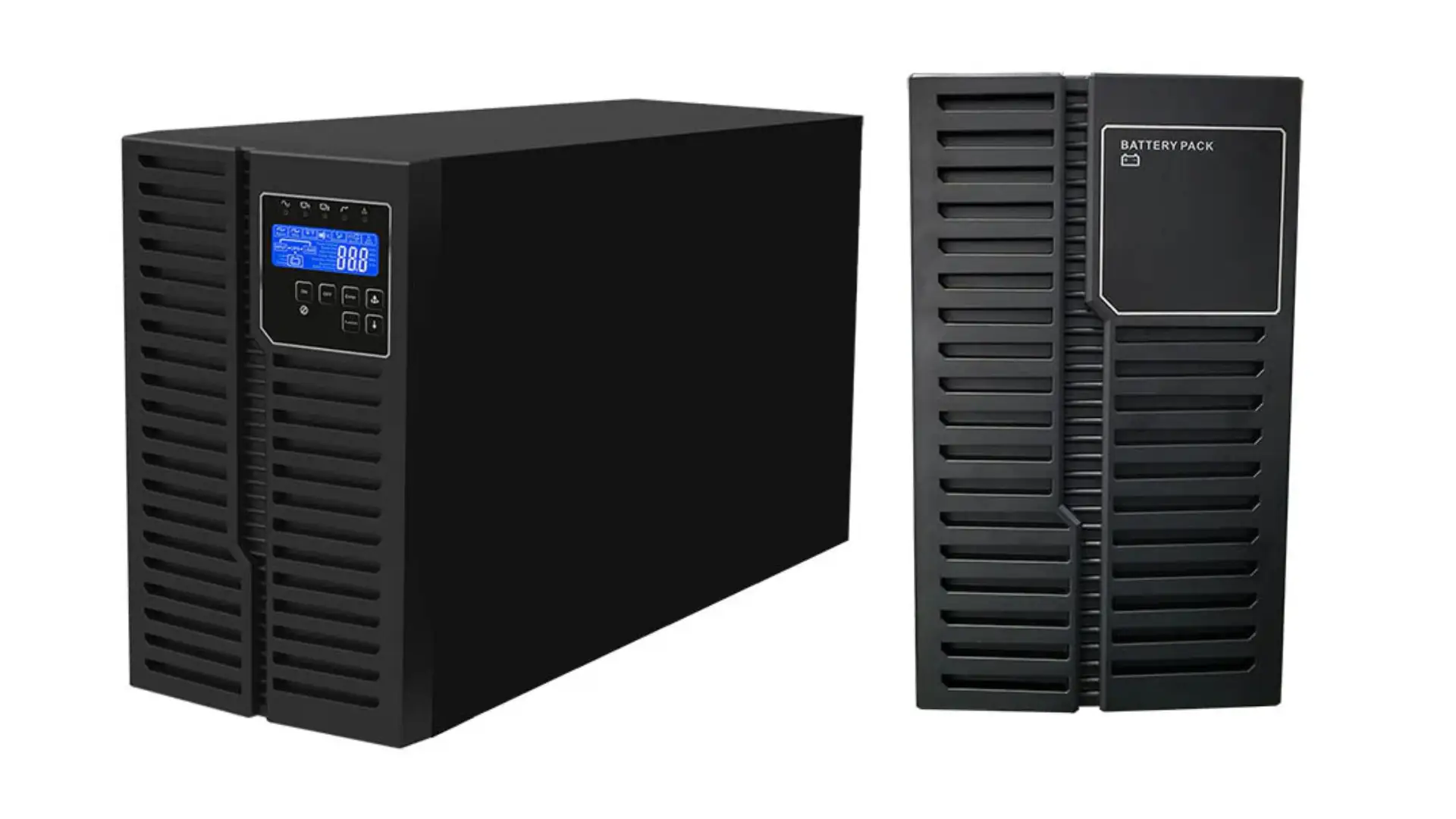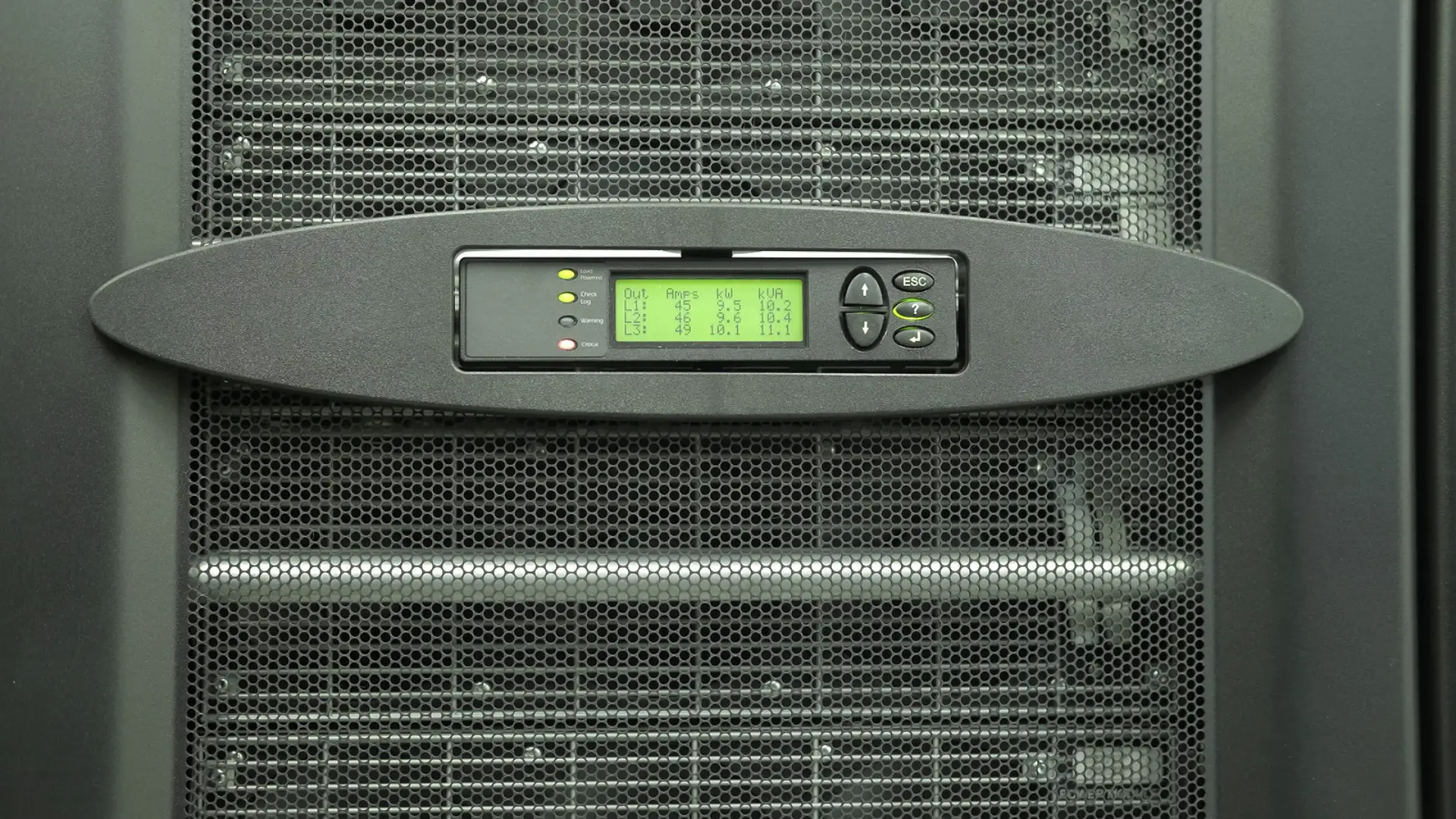
In today's technology-dependent world, power outages can have serious consequences for businesses, institutions, and even households. To ensure uninterrupted operations and protect critical equipment during power disruptions, investing in a reliable battery backup system is essential. However, with a wide range of options available in the market, choosing the right battery backup system can be a daunting task. This comprehensive guide will walk you through the factors to consider when selecting a battery backup system, including capacity, runtime, maintenance, and compatibility with your facility's existing infrastructure. By understanding these key considerations, you can make an informed decision that meets your specific power backup needs.
The Importance of Battery Backup Systems
Power outages can have severe consequences, ranging from inconvenience to financial loss. A battery backup system acts as a reliable safety net during such events, providing uninterrupted power supply until regular power is restored. It not only ensures the smooth functioning of essential devices and equipment but also protects sensitive electronics from potential damage caused by abrupt power interruptions.

Factors to Consider when Selecting a Battery Backup System
To choose the right battery backup system, you need to evaluate several important factors. Let's delve into each of these factors in detail:
Capacity
Capacity refers to the amount of power a battery backup system can store and deliver. It is typically measured in watt-hours (Wh) or kilowatt-hours (kWh). To determine the capacity you need, consider the power requirements of the devices or equipment you want to run during a power outage. Make a list of these devices and calculate their combined power consumption in watts or kilowatts. This will give you an estimate of the capacity required for your battery backup system.
Runtime
Runtime is the duration for which a battery backup system can provide power to your devices during a power outage. It is dependent on both the capacity of the battery and the power consumption of the connected devices. To determine the desired runtime, consider the average duration of power outages in your area and the criticality of the devices you need to power. Keep in mind that the runtime may vary based on the load connected to the battery backup system.
Maintenance
Different battery backup systems have varying maintenance requirements. Some systems may require regular maintenance, such as battery checks, cleaning, and occasional replacement. Consider your available resources and expertise when selecting a battery backup system. If you prefer a low-maintenance option, look for systems that require minimal upkeep.
Compatibility with Existing Infrastructure
Before making a purchase, assess the compatibility of the battery backup system with your existing electrical infrastructure. Check the voltage and wiring configuration of your building to ensure compatibility with the system you intend to install. Additionally, consider the available space for the system's installation, especially if you opt for larger capacity systems.
Types of Battery Backup Systems
Battery backup systems come in various types, each designed to cater to specific needs. Let's explore the two primary types:
Uninterruptible Power Supply (UPS)
A UPS is a common type of battery backup system that provides instant power in the event of a power outage. It acts as a bridge between the main power supply and the connected devices, ensuring a seamless transition during power interruptions. UPS systems are available in different sizes and capacities, making them suitable for both residential and commercial applications.
Solar Battery Backup Systems
Solar battery backup systems combine solar panels with energy storage capabilities, offering a sustainable and independent power solution. These systems harness solar energy to charge the batteries, which can then be used to power your devices during outages. Solar battery backup systems are particularly beneficial for areas with frequent power outages or those seeking to reduce their reliance on the grid.
Choosing the Right Battery Type
Battery backup systems utilize different types of batteries, each with its own advantages and limitations. Let's explore two common battery types:
Lead-Acid Batteries
Lead-acid batteries have been widely used in battery backup systems for many years. They are cost-effective and readily available. However, lead-acid batteries are relatively bulky, have a shorter lifespan, and require regular maintenance, including water level checks and periodic recharging. These batteries are suitable for applications where cost is a primary consideration.
Lithium-Ion Batteries
Lithium-ion batteries have gained popularity in recent years due to their high energy density, longer lifespan, and lower maintenance requirements compared to lead-acid batteries. Although they are typically more expensive upfront, lithium-ion batteries offer better efficiency and performance. They are lighter, have a higher charge/discharge cycle life, and require minimal maintenance. Lithium-ion batteries are ideal for applications where compact size, long lifespan, and low maintenance are important considerations.
Installation and Setup Considerations
When selecting a battery backup system, consider the installation and setup requirements. Some systems may require professional installation, while others are designed for easy do-it-yourself installation. Ensure that you understand the installation process and requirements before making a purchase. Additionally, consider the physical space required for the system, such as wall-mounting options or floor space for larger systems.
Cost Considerations
The cost of a battery backup system depends on various factors, including capacity, runtime, battery type, and brand. Set a budget based on your needs and research different options within that price range. Remember to consider the long-term cost implications, such as battery replacement costs and energy efficiency, in addition to the initial purchase price.
Benefits of Battery Backup Systems
Investing in a reliable battery backup system offers several benefits, including:
- Protection against Power Outages: A battery backup system ensures uninterrupted power supply during outages, safeguarding your devices and equipment from potential damage and data loss.
- Enhanced Business Continuity: For businesses, a battery backup system helps maintain critical operations, prevent revenue loss, and protect sensitive information.
- Flexibility and Portability: Some battery backup systems are portable, allowing you to use them in various locations or during outdoor activities where power may not be readily available.
- Environmentally Friendly Options: Solar battery backup systems offer a sustainable and eco-friendly power solution, reducing reliance on fossil fuels and lowering carbon footprint.
Factors to Consider in Battery Backup System Selection
When selecting a battery backup system, consider these important factors:

- Load Capacity: Determine the power requirements of the devices you need to power during an outage. Calculate the total wattage or kilowattage to ensure the battery backup system can handle the load.
- Charging Time: Evaluate the charging time required for the battery backup system to reach full capacity after being depleted. Faster charging times ensure quicker recovery and readiness for subsequent power outages.
- Expandability: If you anticipate future expansion or increased power needs, consider a battery backup system that allows for scalability. Some systems offer the option to add additional battery modules for increased capacity.
- Transfer Switch Type: Determine the type of transfer switch required for your specific needs. Automatic transfer switches (ATS) provide seamless power transfer during outages, while manual transfer switches require manual intervention to switch to backup power.
- Monitoring and Notifications: Look for battery backup systems that provide monitoring capabilities and notifications. These features allow you to track the system's performance, battery health, and receive alerts for maintenance or potential issues.
- Warranty and Support: Review the warranty and customer support provided by the manufacturer or supplier. A reliable warranty and responsive customer support can give you peace of mind and assistance in case of any issues or questions.
Battery Backup System Maintenance Tips
To ensure the optimal performance and longevity of your battery backup system, follow these maintenance tips:
- Regular Inspections: Periodically inspect the battery backup system for any signs of damage, wear, or corrosion. Address any issues promptly to prevent further damage.
- Battery Testing: Perform regular battery testing to check the health and capacity of the batteries. This can be done using battery testing equipment or through built-in testing features in some systems.
- Cleaning: Keep the battery backup system clean and free from dust, debris, and obstructions. Use a soft cloth or brush to clean the exterior components and ensure proper airflow for cooling.
- Battery Replacement: Follow the manufacturer's guidelines for battery replacement. Batteries have a limited lifespan, and proactive replacement ensures continued reliability and performance.
- Temperature Control: Maintain an appropriate operating temperature for the battery backup system. Extreme temperatures can negatively impact battery performance and lifespan.
- Regular System Checks: Regularly review the system logs, alarms, and notifications to identify any abnormal behavior or issues that require attention. Update firmware or software as recommended by the manufacturer.
Cost vs. Benefit Analysis
When considering the cost of a battery backup system, weigh it against the potential benefits it provides:
- Protection and Security: The value of protecting critical devices, data, and operations during power outages is invaluable. A battery backup system safeguards against financial losses, data corruption, and inconvenience.
- Business Continuity: For businesses, uninterrupted power supply ensures continuity of operations, prevents productivity losses, and maintains customer satisfaction.
- Reduced Downtime Costs: The cost of downtime during power outages can be significant. By investing in a reliable battery backup system, you minimize downtime-related losses and potential missed opportunities.
- Equipment Longevity: Abrupt power interruptions can cause damage to sensitive electronics and appliances. A battery backup system helps protect your equipment, extending its lifespan and reducing repair or replacement costs.
- Peace of Mind: Knowing that you have a reliable power backup solution in place provides peace of mind, especially in areas prone to frequent outages or during extreme weather events.
- Return on Investment: Consider the long-term cost savings achieved by preventing potential losses, reducing downtime, and extending equipment lifespan. The benefits of a battery backup system often outweigh the initial investment.
Battery Backup System Installation Options
When it comes to installing a battery backup system, you have a few options:
- Stand-Alone Systems: Stand-alone battery backup systems are self-contained units that can be installed directly at the point of use. These systems are ideal for specific devices or small-scale power backup needs.
- Centralized Systems: Centralized battery backup systems are installed at a centralized location and provide power backup to multiple devices or areas. These systems require professional installation and careful planning to distribute power effectively.
- Integrated Systems: Integrated systems combine battery backup capabilities with other power management components, such as renewable energy systems or smart grid integration. These advanced setups require specialized installation expertise.
Battery Backup System Safety Considerations
When using battery backup systems, keep these safety considerations in mind:
- Proper Ventilation: Ensure that the battery backup system has adequate ventilation to dissipate heat generated during operation. Proper airflow prevents overheating and potential safety hazards.
- Secure Mounting: Install the battery backup system securely, following manufacturer guidelines. Secure mounting prevents accidental falls or damage, ensuring the safety of occupants.
- Electrical Safety: When making connections, follow proper electrical safety procedures, such as turning off power sources, using insulated tools, and wearing appropriate personal protective equipment (PPE).
- Battery Handling: Handle batteries with care and follow safety precautions provided by the manufacturer. Batteries may contain hazardous materials and require proper disposal when reaching the end of their life.
- Fire Safety: Be aware of fire safety measures and have appropriate fire extinguishing equipment readily available. Though rare, battery failures can lead to thermal runaway and potential fire hazards.
Future Trends in Battery Backup Systems
As technology advances, several trends are emerging in the field of battery backup systems:
- Advanced Energy Storage: Continued advancements in battery technology and energy storage capabilities offer increased efficiency, longer lifespans, and higher power densities.
- Renewable Energy Integration: Battery backup systems are increasingly being integrated with renewable energy sources, such as solar panels, to create sustainable power solutions that reduce dependence on the grid.
- Smart Energy Management: Intelligent energy management systems are being developed to optimize battery usage, monitor energy consumption, and enable automated load management for greater efficiency.
- Remote Monitoring and Control: The ability to remotely monitor battery backup systems and receive real-time notifications or make adjustments through mobile apps or cloud-based platforms is becoming more prevalent.
- Hybrid Solutions: Hybrid battery backup systems that combine different battery technologies or integrate with other backup power sources, such as generators, provide enhanced reliability and flexibility.
Conclusion
Selecting the right battery backup system involves careful consideration of capacity, runtime, maintenance requirements, compatibility with existing infrastructure, and budget. Assess your power backup needs, evaluate different options, and choose a system that aligns with your specific requirements. A reliable battery backup system ensures uninterrupted power supply, protects your devices, and provides peace of mind during power outages.
Sources
continue reading
Related Posts
Uninterrupted Power Supply for Sale In today’s digital age, where […]
Uninterruptible Power Supply 240V In today’s technology-driven world, maintaining a […]
Uninterruptible Power Supply for Business In today's digital and interconnected […]



